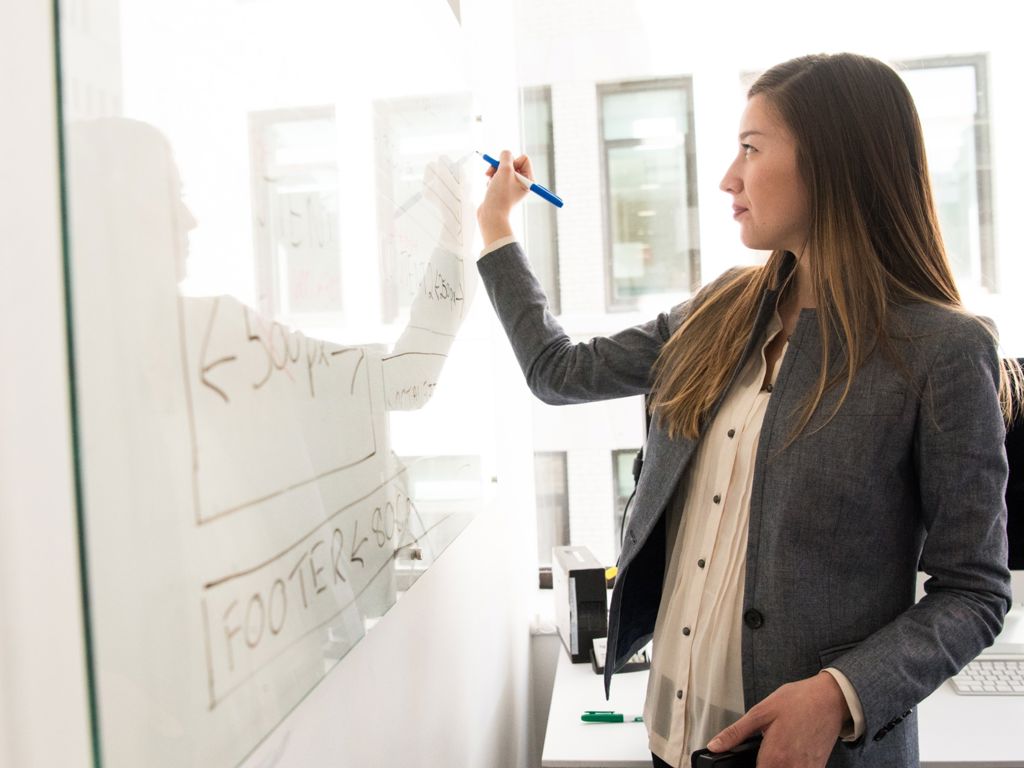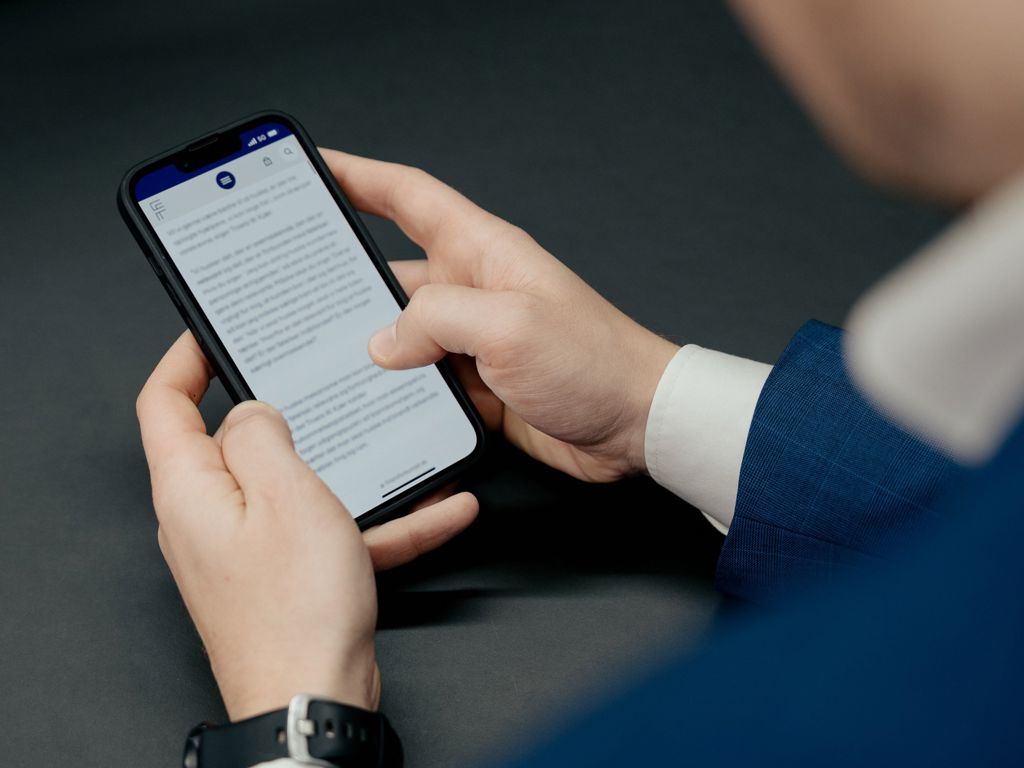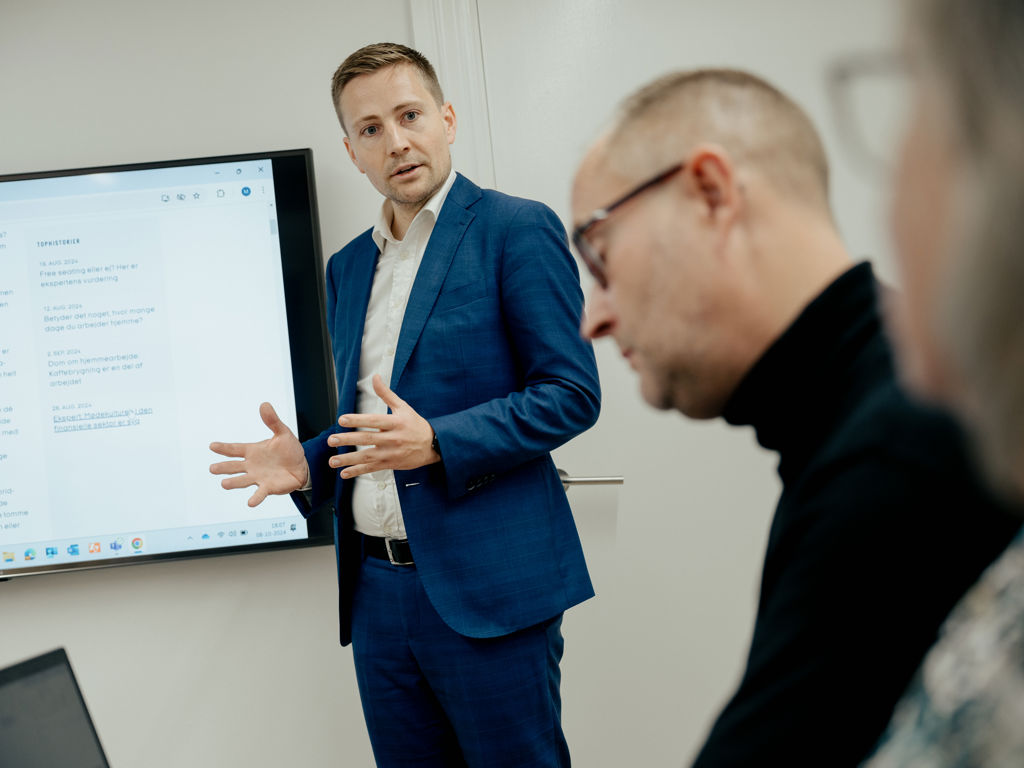Free seating or not? Read the expert’s opinion
In the assessment of expert Maisa Larsen dé Martino, free seating has both benefits and downsides. In her opinion, the concept is not here to stay, and she thinks that organisations are failing to recognise an important factor.

A physical reaction
According to the associate professor, abandoning the traditional office setup with fixed seating in favour of having employees move around with their computers has both benefits and downsides.
Taking a positive view on the matter, Maisa Larsen dé Martino states that something actually happens physically in your body when you sit down in a new location.
"We’re biological beings, and our body and primal brain automatically react when we place ourselves in a room." We locate the exit and know where we feel safe. If you suddenly move, you may become a little more vigilant and alert," she says, explaining that she sometimes uses this in her teaching where she makes her students move around during the day.
Another advantage is that flexible workstations are a smart way to utilise the square metres in the office.
"And in some organisations, it’s driven by the fact that they may move to a smaller location and save money." Especially for those located in Copenhagen and other major cities where the square metre price is high," she says.
Less hierarchy, more collaboration
Maisa Larsen dé Martino moreover points to research showing that it is easier to form relationships with others when you sit together.
"Because it provides the employees with the opportunity to talk with people they don't usually talk with." And one of the arguments for free seating is that it promotes collaboration across functions," she explains.
At the same time, free seating may remove some of the hierarchical structures still in place in the Danish labour market, even though we have a relatively flat organisational structure, says Maisa Larsen dé Martino.
“In the financial sector, not everyone is likely to want to sit next to the CEO. But when there is free seating, you might end up sitting next to someone higher up in the hierarchy than you, which may have positive influence on the perception of the hierarchy at the workplace," she explains.
Free seating advice
Maisa Larsen dé Martino provides a couple of useful tips for those who have already implemented free seating and want to stick to the concept.
Ask the employees
First of all, she encourages engaging in dialogue with employees and genuinely listening to what they say.
"Ask the employees. But do it in a way which allows you to actually use their input. It’s not particularly motivating to be asked if no one’s listening," she says, suggesting how it might be done.
"You could say: we don't have the space for everyone to have a permanent workstation, but what would it take for you to feel as comfortable as possible in the current settings."
Talk to your colleagues
It would also be a good idea to talk about it among colleagues.
"If someone prefers the desk by the window and others don't mind, it’s very helpful to have had the conversation and set certain general ground rules for how we interact when we’re physically present at the workplace."
Make room for exceptions
According to Maisa Larsen dé Martino, it may also be a good idea to introduce free seating with the possibility of exceptions.
"If a company wants to be inclusive and create equal access for all employees, it must recognise that free seating is not for everyone. Some employees may be neurodivergent, for example affected by autism or ADHD, or suffer from other conditions and cannot cope with free seating," she explains.
Special leadership required
It is more demanding on managers when employees adopt a hybrid working model, but also when they do not have fixed seating, says Maisa Larsen dé Martino.
"You have to talk about how it’ll work for us. Complete top-down alignment is not an option; it needs to be more bottom-up.”
Get a handle on the technology
Moreover, it might be a good idea to get a handle on the technology that supports free seating.
Some organisations use booking systems through which you can book a desk in advance, which means you know which workstation you will be using before you arrive at the office.
“In the beginning, people were busy reserving seats with their jackets – just like when you reserve deck chairs on your holiday. It’s clearly a benefit to have a booking system that works," says Maisa Larsen dé Martino.
Read more about Cphbusiness' research on hybrid work space.
Prepare a proper calculation
And while many companies initially offer the economic argument when introducing free seating, Maisa Larsen dé Martino believes that there may be good reason to revisit such calculation.
Although it may seem like there are savings to be made on fewer square metres and workstations, the associate professor believes that organisations should take another factor into account. Time.
Because it takes time to find your things, find a free desk, set up your computer and equipment, adjust the table and chair to the right height, and do everything else that comes with getting ready for the workday.
“I think companies could benefit from preparing a low-tech calculation of what it costs in lost working time. If you spend fifteen minutes in the morning and fifteen minutes in the afternoon, and you’re physically at work three times a week, it quickly adds up when doing the calculation based on a year and multiplying it by yearly pay. Furthermore, it may create frustration, which again affects productivity. In reality, companies may end up saving nothing at all,” says Maisa Larsen dé Martino.
She is not at all sure that free seating is here to stay. In her assessment, if the labour market development continues to the effect that companies will have to compete for labour, the option of choosing a fixed desk may become very popular.
"I think some organisations will use it as a way to attract employees. Then they can say ‘at our company, you may choose to have your own desk," she explains.





